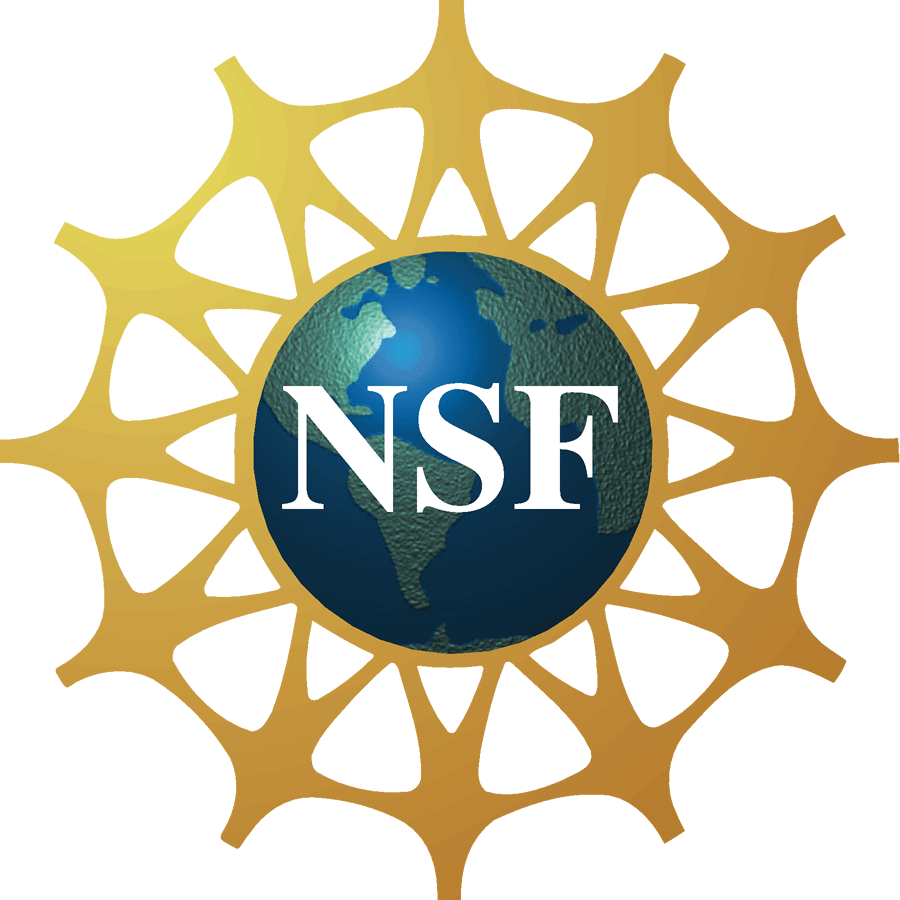About
Overview
INK-12's goal is to produce a research-based software design for pen-based wireless technology that can support elementary students' math and science learning. It is an investigation of a technology that we believe will facilitate both the creation and communication of inscriptions in math and science teaching and learning. Through a wirelessly-connected network of tablet computers, we further believe that classroom interaction (among students, student and teacher, and whole classes) will increase, and that student learning may ultimately improve, especially among lower-performing students. We also believe that this technology has the potential to increase accessibility to these topics for a range of students who are currently not performing as well as they could be. We are accomplishing our goal using a series of short software design cycles, each based on the results of classroom research on the previous iteration. After several such cycles, we will choose a version to use in classrooms for longer periods of time, to study students' learning.
INK-12 is a collaboration between MIT's Center for Educational Computing Initiatives and TERC.
This project is a follow-on to our NSF-funded exploratory project INK-12: Interactive Ink Inscriptions in K-12. In that project, we investigated the role that pen-based wireless technology could play in 4th and 8th grade science and math by conducting tablet computing trials in five schools—in four 4th and three 8th grade classrooms.
Funding
This material is based upon work supported by the National Science Foundation under Grant Nos. DRL-0822278, DRL-0822055, DRL-1020152, DRL-1019841, IIS-1250802 and IIS-1250362. Any opinions, findings, and conclusions or recommendations expressed in this material are those of the authors and do not necessarily reflect the views of the National Science Foundation.
